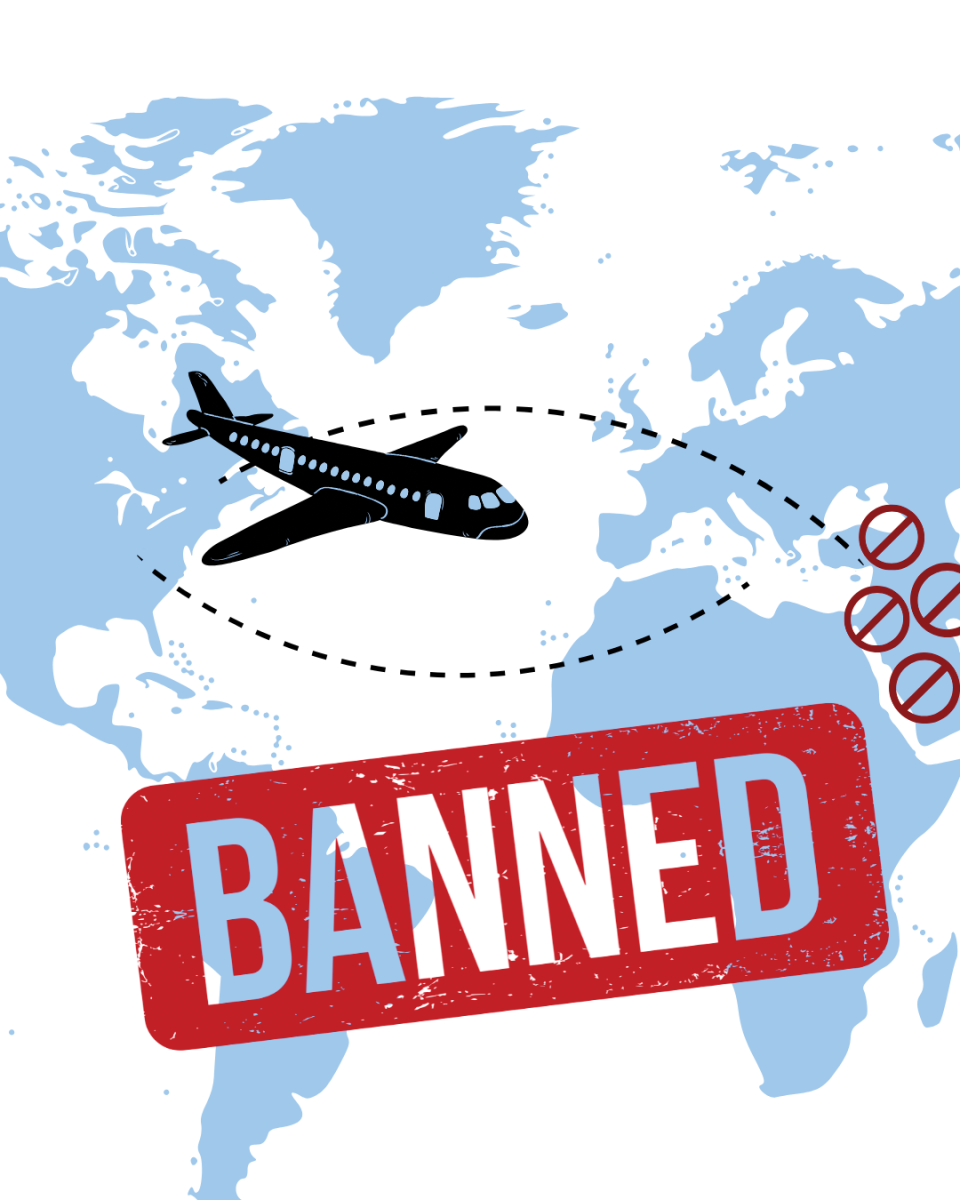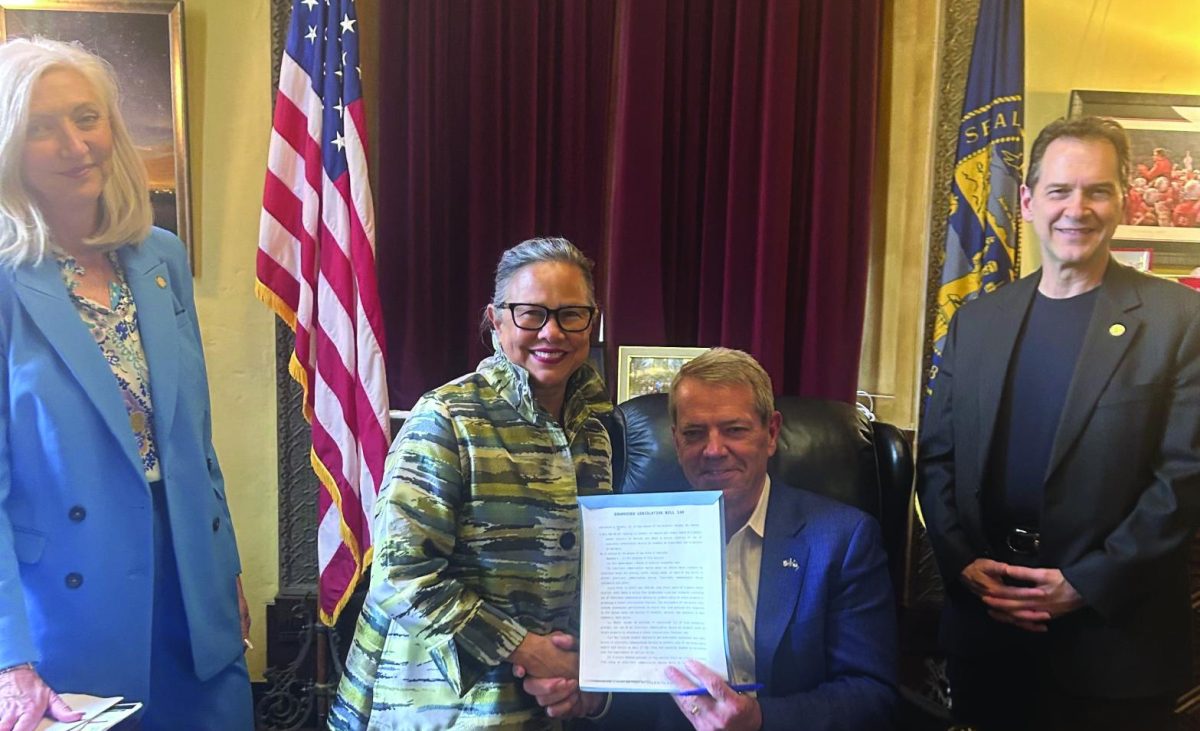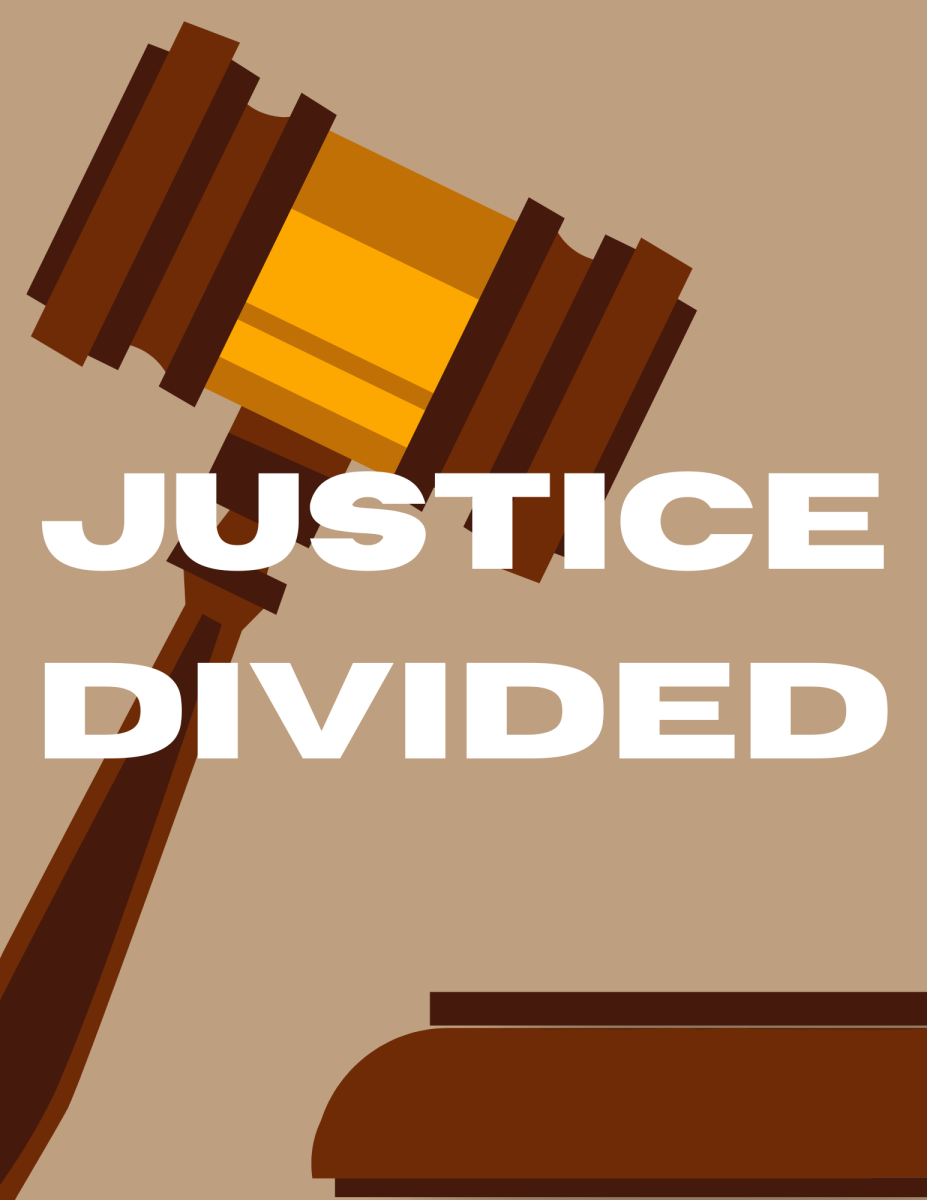The travel ban. A plan, supported by the Trump Administration, to close off America’s borders from certain countries.
“I will ban refugee resettlement from terror infested areas like the Gaza Strip, and we will seal our border and bring back the travel ban,” Trump said, according to the Sep. 2024 Time Magazine article written by Nancy Cook.
Throughout the months leading up to the election in 2024, President Trump announced during several campaigns that he was willing to bring the travel ban back.
Once he was in office, the deadline for reviewing the travel ban got closer and closer. But when the day finally came, Mar. 21, they pushed it back.
Ever since, people have been waiting for an explanation.
“It was not immediately clear why the administration postponed the report that would lay the groundwork for Trump to enact a new travel ban and impose visa restrictions on foreign nationals from select countries,” USA Today says in the Mar. 2025 article written by Francesa Chambers and Erin Mansfield.
Since 2016, the Trump administration advocated banning, or restricting, particular countries. This would slow down, or completely stop immigration from those countries the administration deemed a threat.
In 2017, the ban was ratified and put into place.
This ban didn’t just affect the people it intended to – immigrants – but it affected United States citizens, visa holders and green card holders.
In an Apr. 2025 article published by Newsweek, author Dan Gooding wrote, “Visa and green card holders, as well as American citizens, have been subjected to increased scrutiny when getting off international flights.”
In the Time Magazine article, published Jan. 2017, journalist Charlotte Alter wrote about Ali Baker, a U.S. citizen, who spoke out against this ban and voiced his concerns. On Jan. 28, 2017, at the JFK airport, Baker waited for his fiance, Noor, to arrive for their honeymoon. Unfortunately, she was detained for over 24 hours at the airport with no clear explanation.
As he pushed against the U.S. Customs about their decision, the only answer that was given was, “We’re just following orders.”
Noor wasn’t the only one who faced detainment, Elaf and Anfal Hussain’s mother went through the same situation as well. Countless families were held back and discharged after hours under this management.
The conditions of detainment weren’t appropriate either.
In the Time Magazine article, Alter wrote, “Their family members have not slept or been offered food or water, and they were only allowed one phone call upon landing.”
Simultaneously, organizations and universities in Nebraska were trying to spread awareness for this ban and provide a safe space for people.
According to the Jan. 2017 University of Lincoln article, published by the University of Nebraska, a letter was sent out promptly after the ban was ratified to show support and help others who were impacted.
“We have built a university community that embraces cultural and linguistic diversity, and we have thrived by working toward a common goal to make the world better through education and research, “ the letter says. “We write to express our unwavering commitment to all who may be affected by the measures stated in the executive order.”
With the support came advice as well.
“If you are in the United States under an F-1, J-1, F-2, or J-2 visa status and you are from Iraq, Syria, Iran, Sudan, Libya, Somalia or Yemen, we strongly encourage you to not travel internationally in the immediate future, until we have additional information.”
This response and empathetic letter was beyond helpful for students to assure them that they were going to be protected.
At the end of the letter, they mention the resources at the University that could assist students through the difficult and stressful time. The University’s letter was a small, simple action but it left a huge, positive difference in the community of Lincoln.
Former President Joe Biden revoked the travel ban as soon as he was elected into office.
But as of Jan. 20, 2025 President Trump was reelected into office and imposing the travel ban, again, was at the top of his list.
According to the Mar. 2025 New York Times article, written by Charlie Savage and Ken Bensinger, the travel ban list is composed of three subcategories. The red, orange and yellow lists. Red lists are constructed of countries where any and all travel is banned. Orange lists are places where visas are limited and constricted. And yellow lists include countries that the U.S. questions. The yellow countries are given 60 days to address the United States’ concerns and if they don’t, they risk being moved to the orange or red category of the travel ban list.
A draft of new travel ban lists has been opened up to the public. There are some obvious changes from the previous ban such as the amount of countries added and the geographic location of where they reside.
In the New York Times article, Savage and Bensinger wrote, “The Trump administration is considering targeting the citizens of as many as 43 countries as part of a new ban on travel to the United States that would be broader than the restrictions imposed during President Trump’s first term, according to officials familiar with the matter.”
Even though the process for the travel ban has been paused, the administration has power to bring it back and get it in courts whenever they please.
The number of families, individuals and students affected from the previous travel ban was immense. It’s important to understand the impact that one ban can have on communities, and the entire country.








